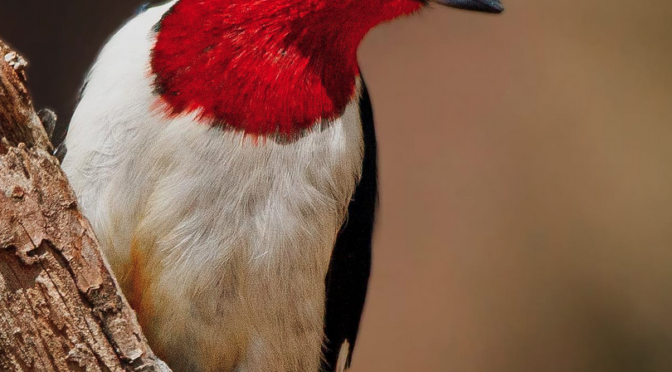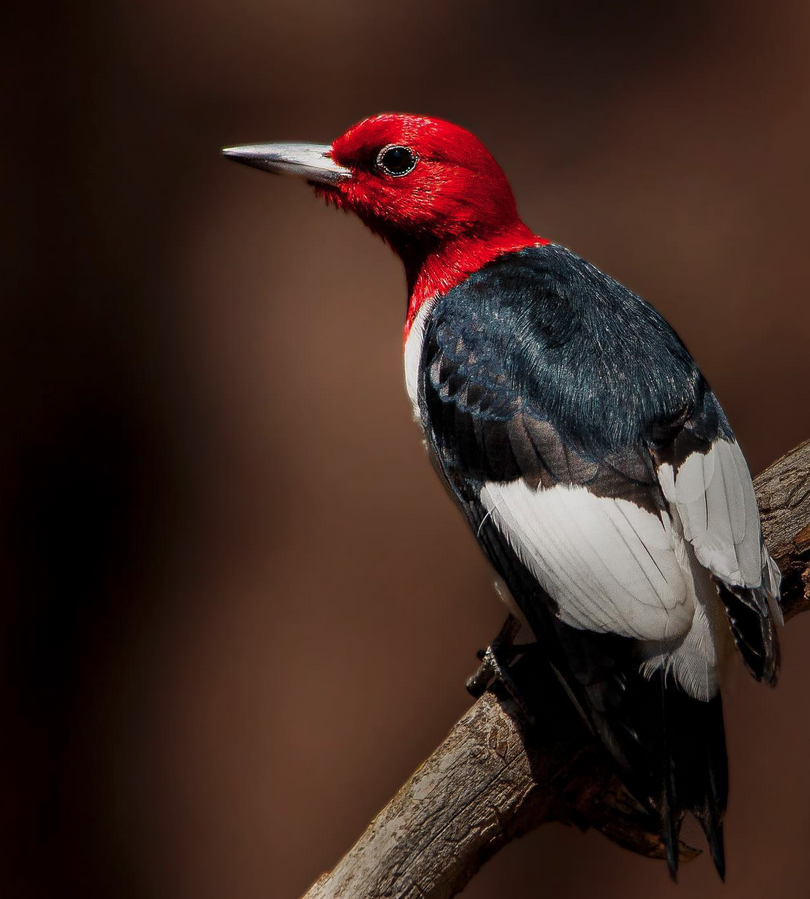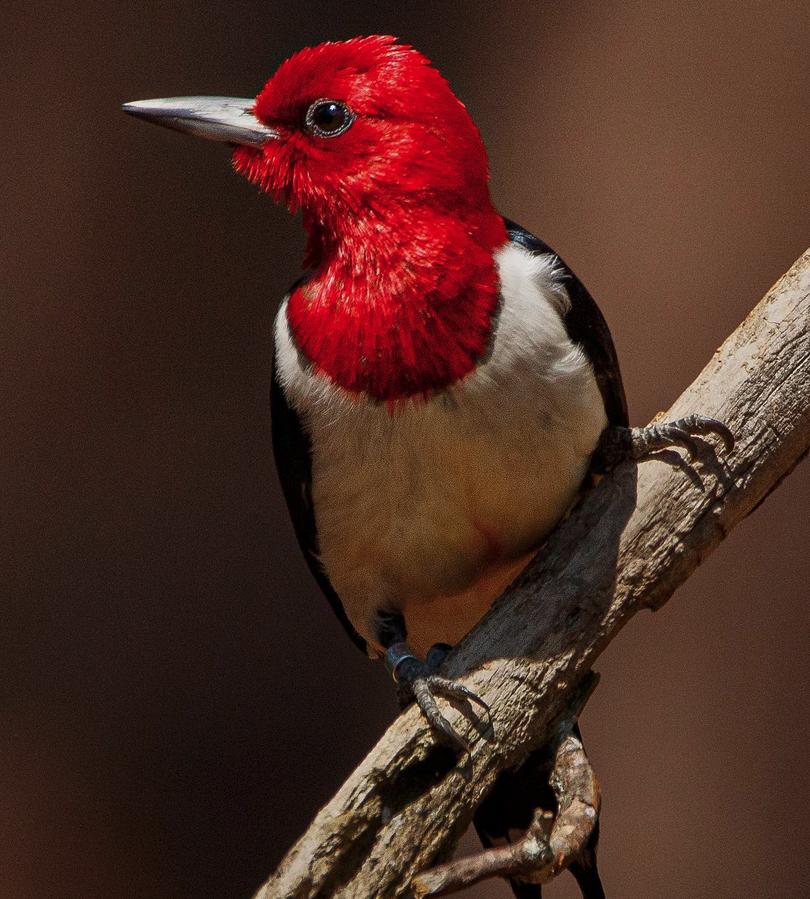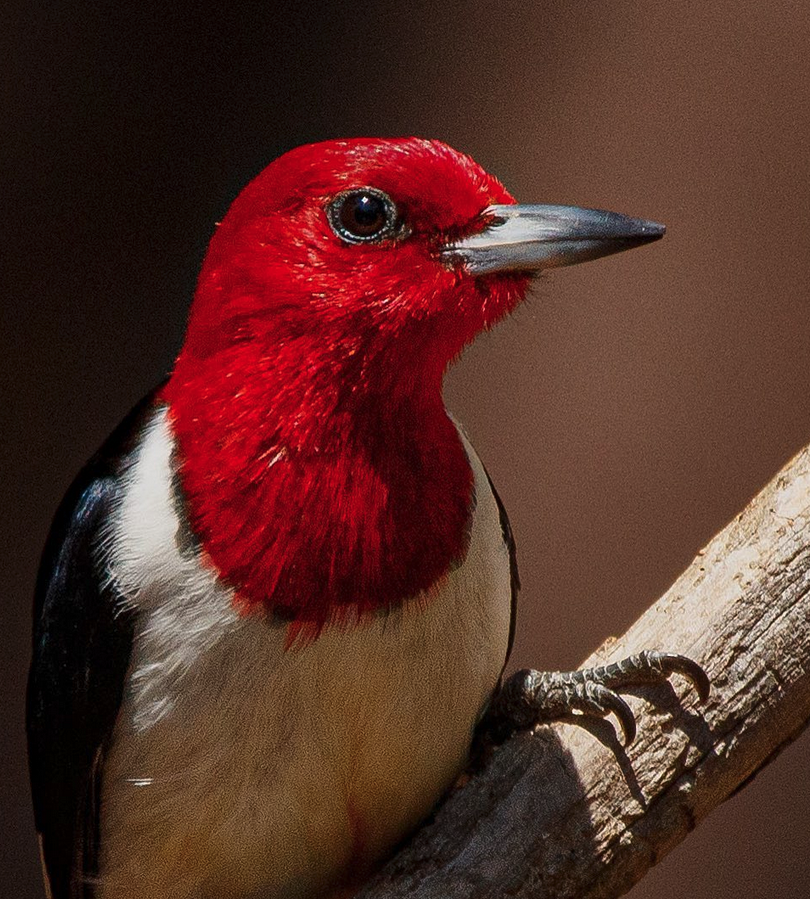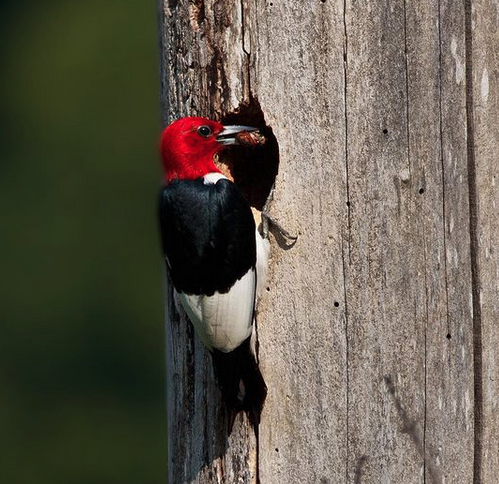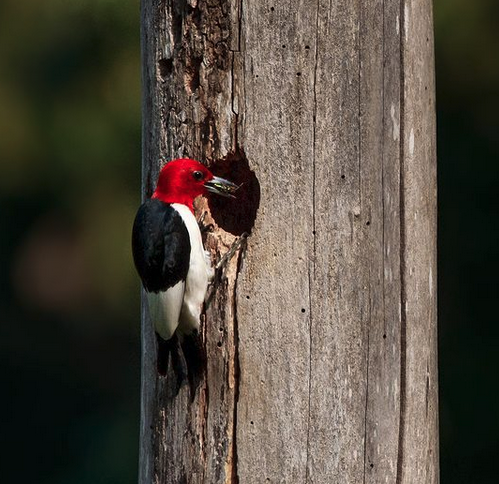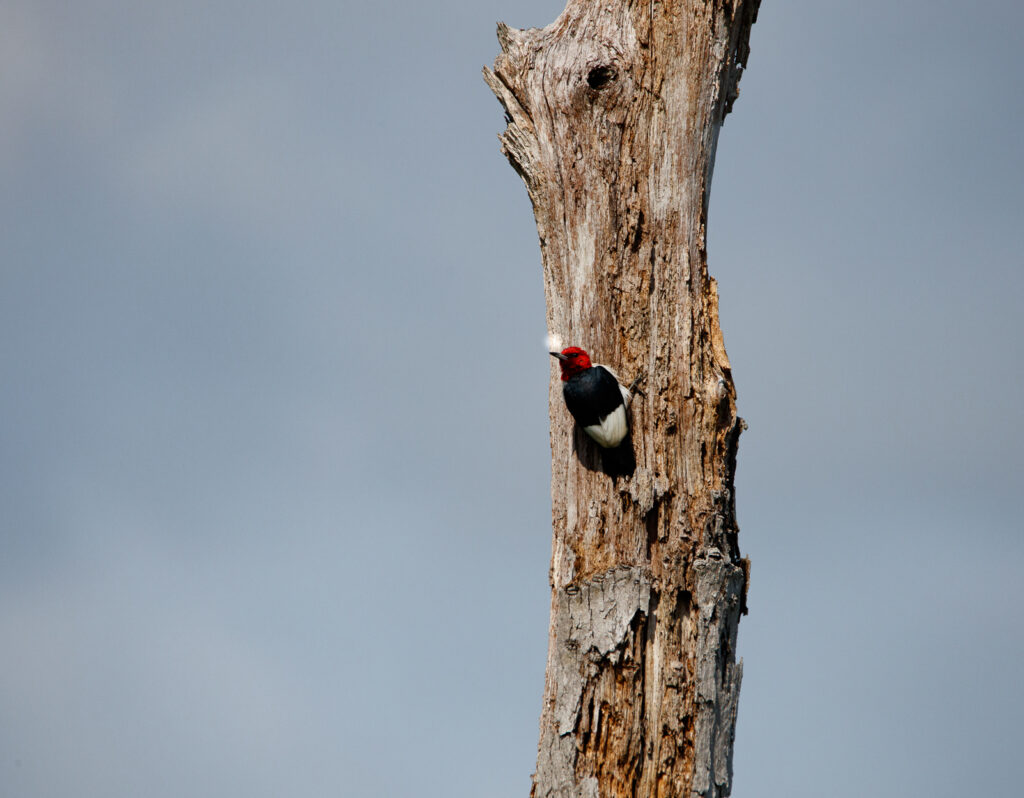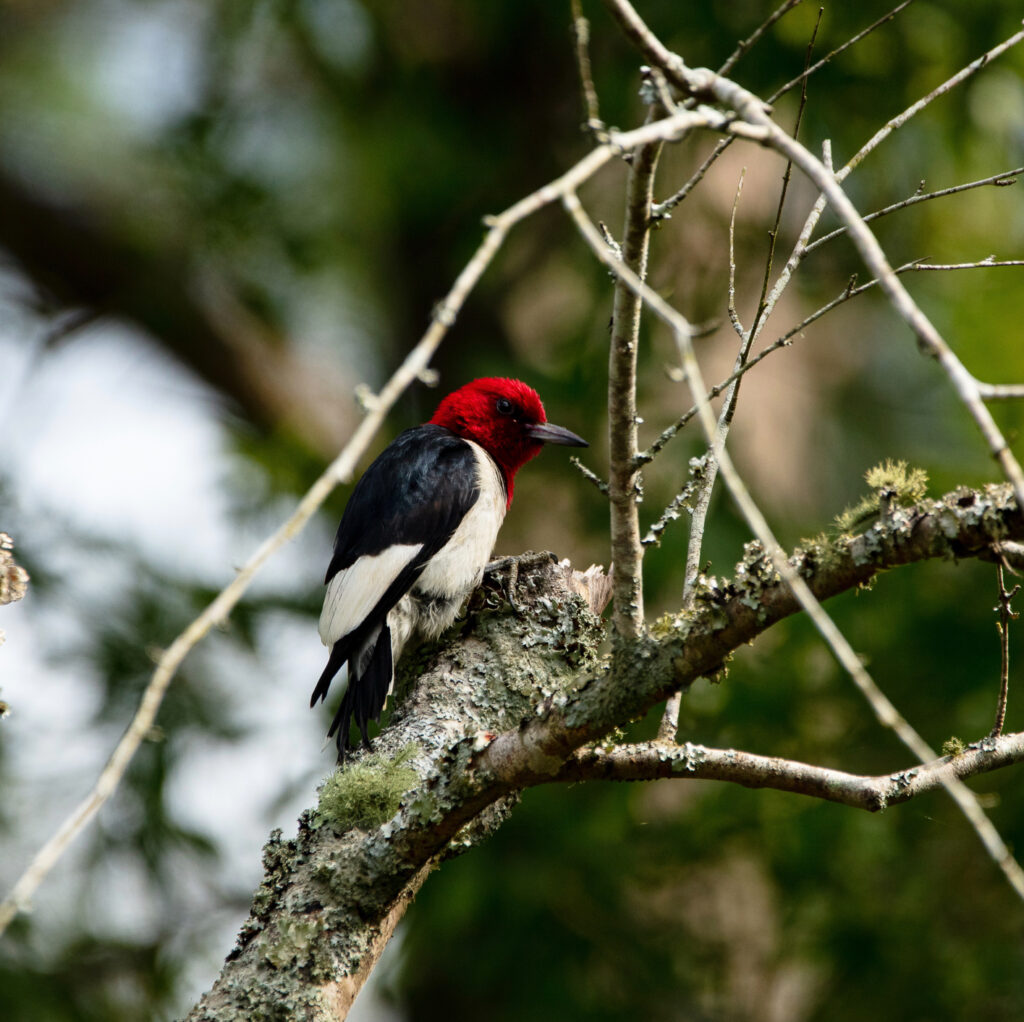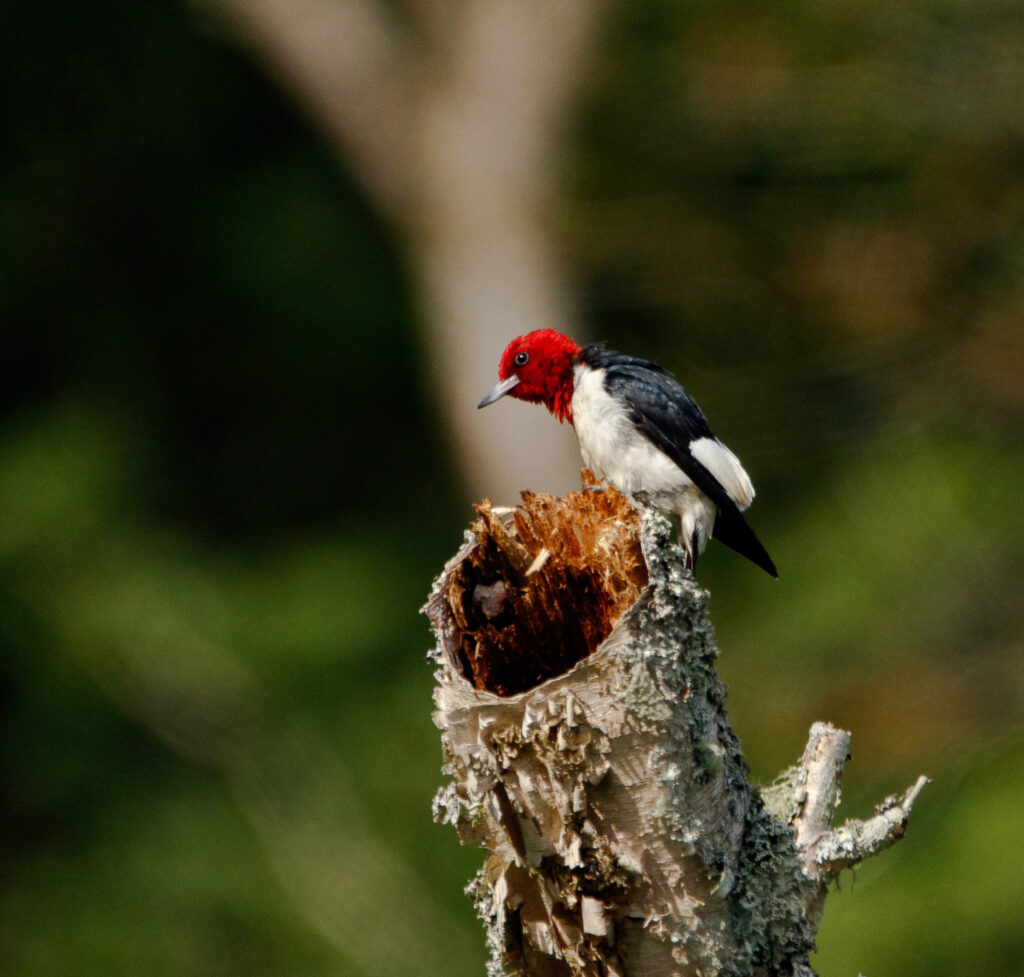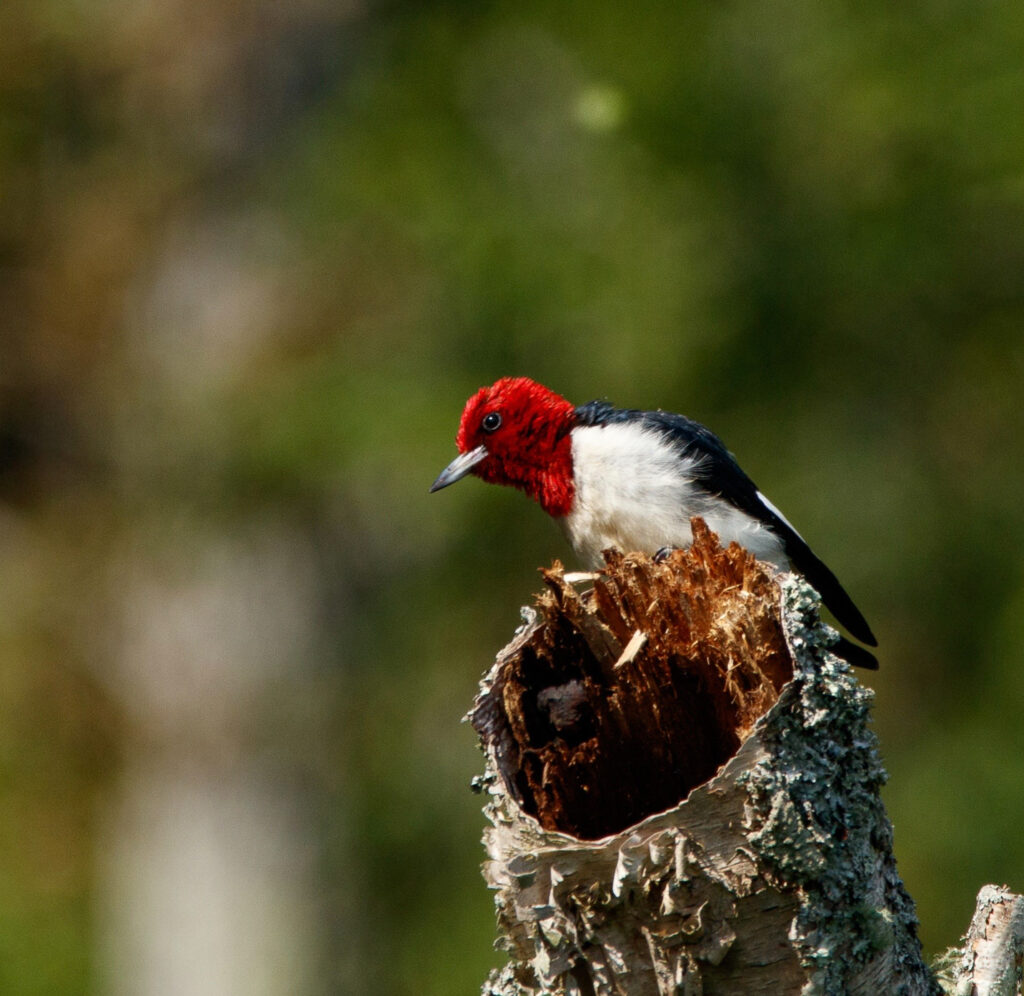By Sally Siko
North Carolina is home to several species of beautiful woodpeckers.
Of all of them my very favorite is the Red-headed.
I spotted this handsome fellow while Birding at the Weymouth Wood Sandhills preserve this past weekend near Pinehurst NC.

My friends and I enjoyed several minutes watching the bird fly from limb to limb burrowing into the wood for insects in between stops to grab a sunflower seed or two from a nearby feeder or hunting for a six legged snack in the pine needles below.
It was really cool to catch a few decent pics of this handsome species.
His bright crimson head was shining like a stoplight in the late morning sun.
Just gorgeous!






Red headed Woodpeckers are a year round resident of North Carolina and are found across the state from the mountains to the coast. During the spring through early autumn, they’re best spotted in stands of longleaf pines or in open wetland areas containing tall, dead trees. The pine woods here at the WWSP is the perfect habitat to find them.
Once winter arrives, the forest dwelling Red- heads move away from the pines and into the marshy/ swamp areas to spend the cooler months searching for a meal in stands of water logged dead trees.
The Red-headed Woodpecker may also be a regular visitor to your backyard feeder too.
To attract them, offer a variety of fruit and nut based suets as well as black oil sunflower seeds at your feeding station.
Though they are somewhat shyer than other species of woodpeckers (like Downys or Red-belly’s, if you’re consistent with keeping your feeders filled you’ll likely get to enjoy these lovely birds throughout the year.
Photos by @sally_siko of @bestlife_birding captured on my mighty mirrorless monster, the @canonusa #R5


